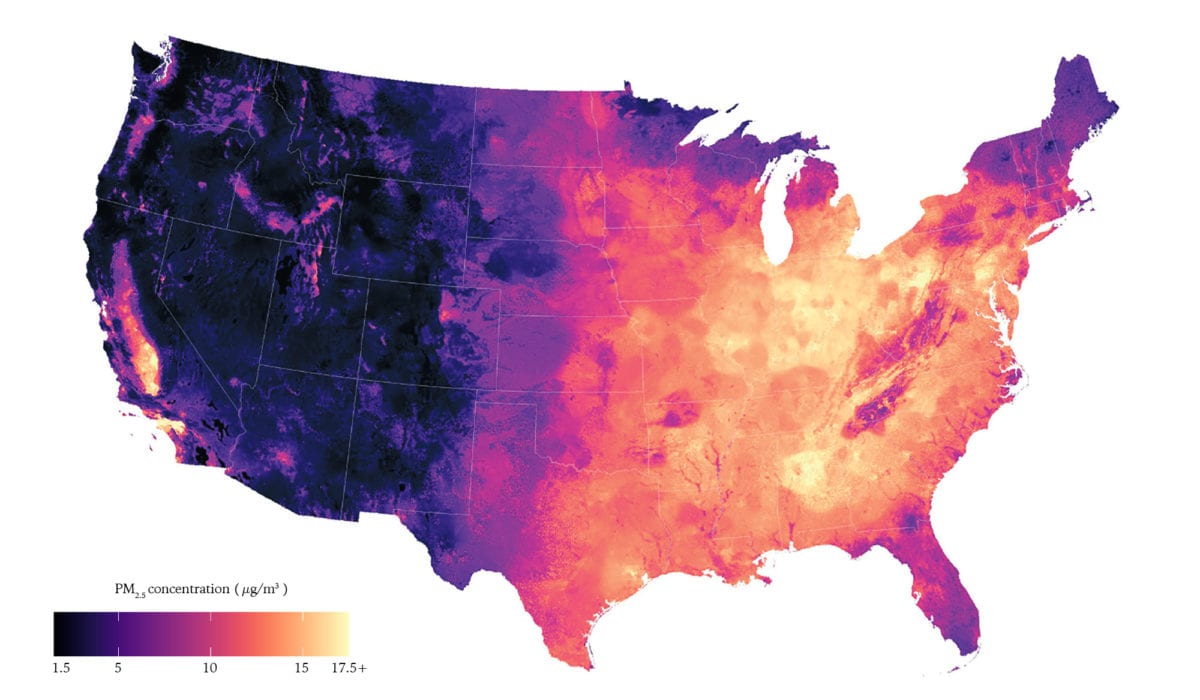Examining racial disparities in pollution exposure

A growing body of research shows that high levels of air pollution have disproportionately affected health in minority and low-income communities, leading to reduced life expectancy. Until now, economists and other social scientists have often described environmental inequality as a story about economic inequality, says Haas Associate Professor Reed Walker. “However, income is a poor predictor of the gaps in exposure,” he says.
Walker and colleagues at Princeton University and the U.S. Census Bureau relied on advances in satellite measurements and machine learning techniques to examine how racial disparities in pollution exposure have evolved over the last 20 years. Their findings credit improvements in Black community health outcomes to the enforcement of the Clean Air Act in the country’s most polluted areas.
“The existing research on air pollution has been hampered by a sparse Environmental Protection Agency monitoring network, but satellite-based measurements of air quality have greatly expanded the ability of policymakers and researchers to fill in the huge gaps in exposure measurement throughout the U.S.,” says Walker. “We’ve used this new data to show how the Clean Air Act has led to a narrowing of the gap in pollution exposure between Black and white communities.”
Their research found that while African Americans were more likely to live in areas with higher pollution, the gap in average pollution exposure between Black and white Americans shrunk by more than 60% between 2000 and 2015.
Walker and his co-authors show that most of these improvements are driven by the Clean Air Act’s 2005 regulations for small particulates, which disproportionately reduced particulate matter in predominantly Black communities.
Each year, the EPA targeted counties that were not in compliance with the pollution standards. Those enforcement actions were effective, the researchers found, resulting in about 8% drops in pollution levels relative to those counties without crackdowns.